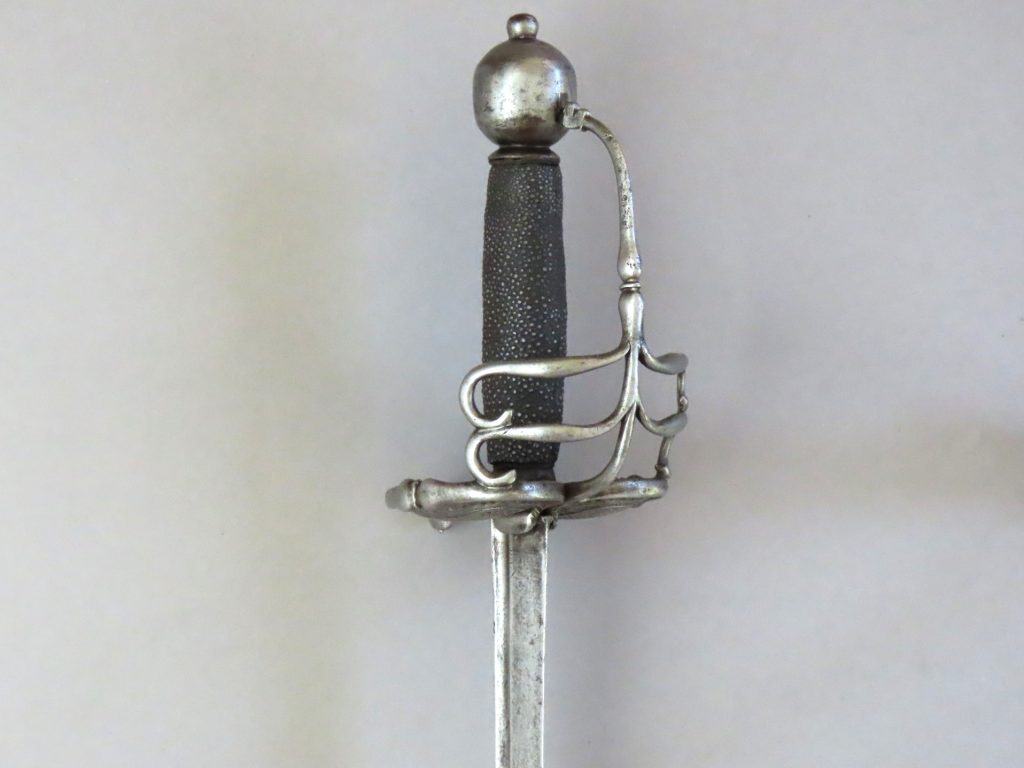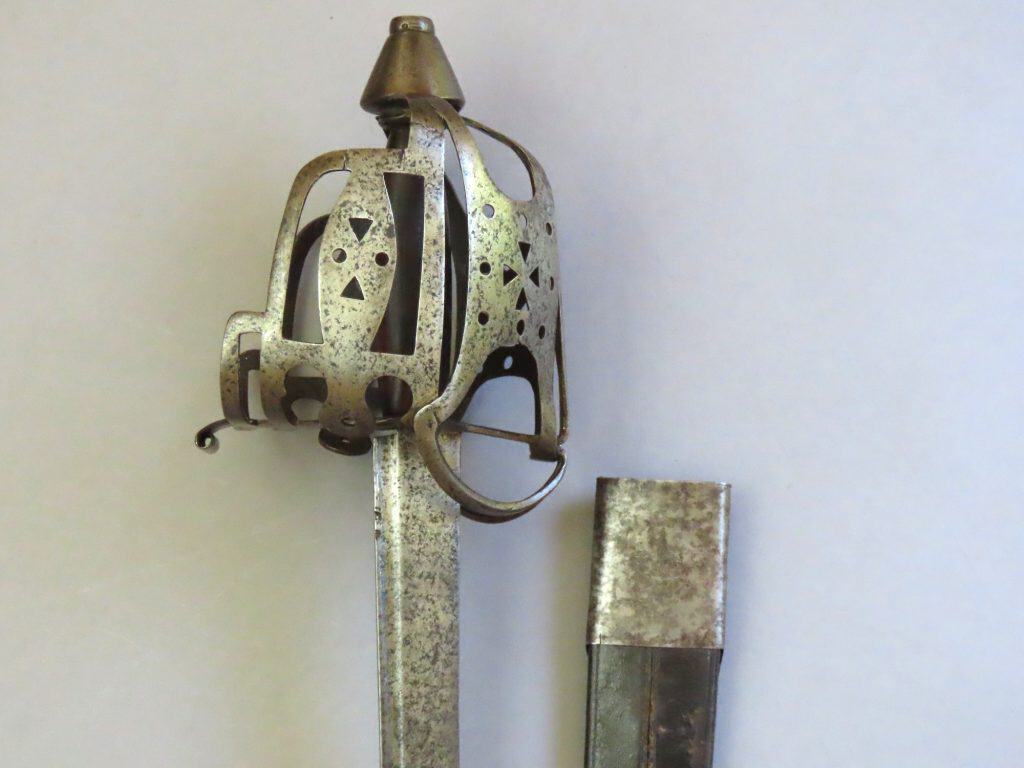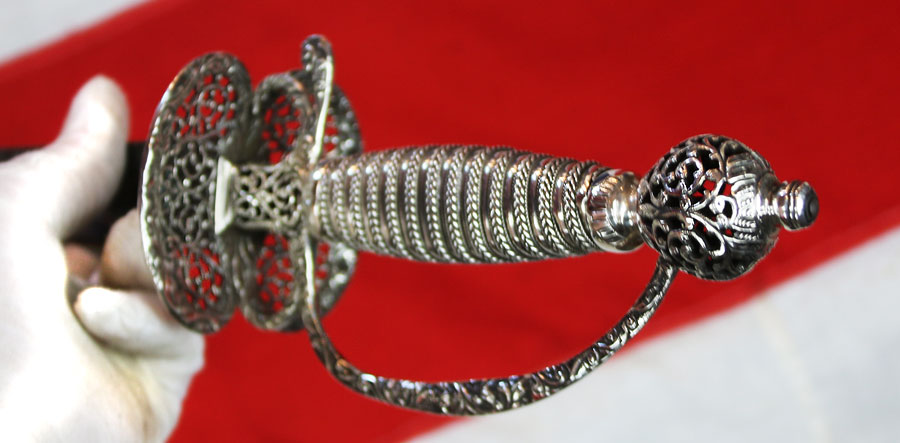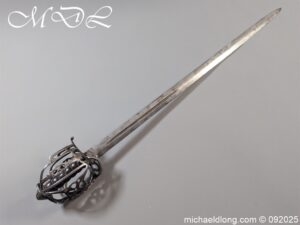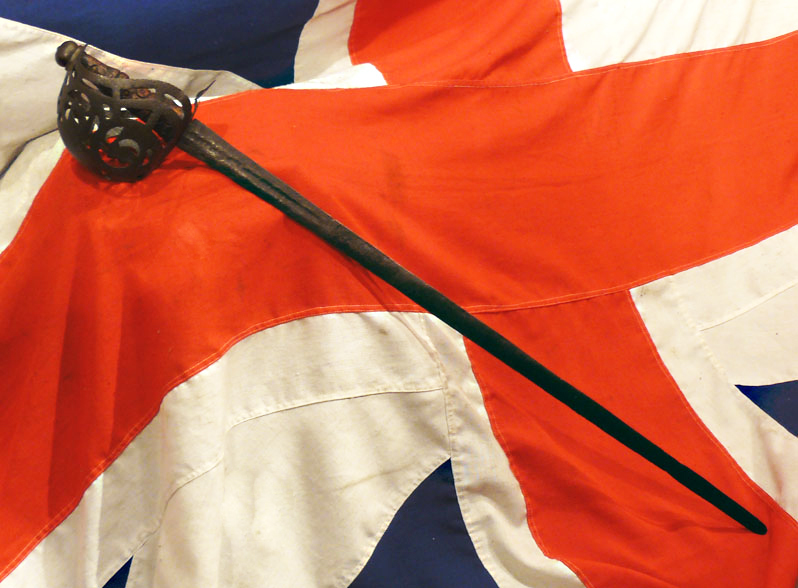For Sale
The following items are listed by for sale by users of the site and dealers. They are in no way endorsed or guaranteed by www.antiquearmsresearch.com
Add a Classified ItemYou can also receive regular email notifcations when items match your keywords. To recieve them just register or logon at the top right of this page.
- Nation : British
- Local Price : £2875
- Nation : British
- Local Price : £2,850.00
- Nation : British
- Local Price : £2850
- Nation : British
- Local Price : £2850
- Nation : Chinese
- Local Price : £2795
- Nation : British
- Local Price : £2,750.00


